Australian businesses are still doing it tough
With the business world (and other areas of society) anxiously awaiting the long-predicted fall in the rate of inflation, followed by the equally anticipated drop in interest rates, it is worth looking at business sentiment right now and how it has been tracking over the past couple of years.
The outlook for businesses is not getting any better
RFI’s DBM Atlas Business Sentiment Index can accurately gauge the health of our business community, and an increasing number of these businesses have been doing it tough in recent years. Blows have been raining down on Australia in the form of the COVID-19 pandemic, adverse weather conditions exceeding what we are used to, and worsening business conditions that have lowered our standard of living and, therefore, the spending power of the public who provide the income for our businesses.
The Index factors in predicted revenue growth or decline for the year, issues affecting businesses, and the likelihood of them borrowing in the coming months. Industries rating over 100 are deemed to have a positive outlook, with those below 100 displaying negative sentiment. The Index shows us that optimism among Australian businesses has been declining since March 2022, and, despite some occasional improvements in outlook, the trend is still downward…

The downward trend may have slowed, but business sentiment is still lower than it was six months ago.
Which industries are more optimistic and which are more pessimistic than others?
The fall in sentiment over the past six months has been greatest among the following industries:
- Education and Training
- Wholesale Trade
- Agriculture, Forestry & Fishing
- Manufacturing; and
- Construction
…with the outlook for those in the Agriculture, Forestry & Fishing sector now far worse than any other industry.
The Information, Media, and Telecommunications industry show by far the most excellent level of optimism, followed by Electricity, Gas, Water and Waste Services and then Arts & Recreation and Retail. The last two are interesting as they rely on the public’s discretionary spending for their income, and the news is dominated by reports of the public struggling to make ends meet. This implies that we have a two-stroke economy, with many people struggling but many others thriving.
Regarding location, sentiment is lower among New South Wales, Victorian, and South Australian businesses than in the rest of the country.
What is keeping our business owners up at night?
Two issues affecting their ability to operate stand out for businesses – the state of the economy and managing costs. Angst about interest rates is more pronounced than it was six months ago, despite many forecasts since early in the year predicting these would no longer be rising by now (which appears to be the case) and would start falling late in the year.

These challenges faced by most Australian businesses will not have been alleviated by the likely delay in the start the decline in interest rates that were predicted earlier in the year. When this does occur, we hope that the environment created can help our business community to once again thrive.
We will continue to monitor business sentiment closely over the next few months.
RFI’s DBM Atlas Business Sentiment Index measures the level of confidence in economic activity among financial decision makers from Australian businesses. A level below 100 represents pessimism outweighing optimism while a level above 100 represents optimism outweighing pessimism. The Index is a weighted average of business’ expectation to increase or decrease revenue, their appetite for new borrowings and whether their top 3 concerns reflect growth or barriers to growth, either directly or indirectly. The index is based on a survey of 1,500 financial decision makers from a representative sample of Australian business across all sizes and industries every month. The survey is fielded consistently throughout each month.
Reach out to us for a detailed report.
Get in touch for more insights.
Subscribe to get the latest RFI data and insights.

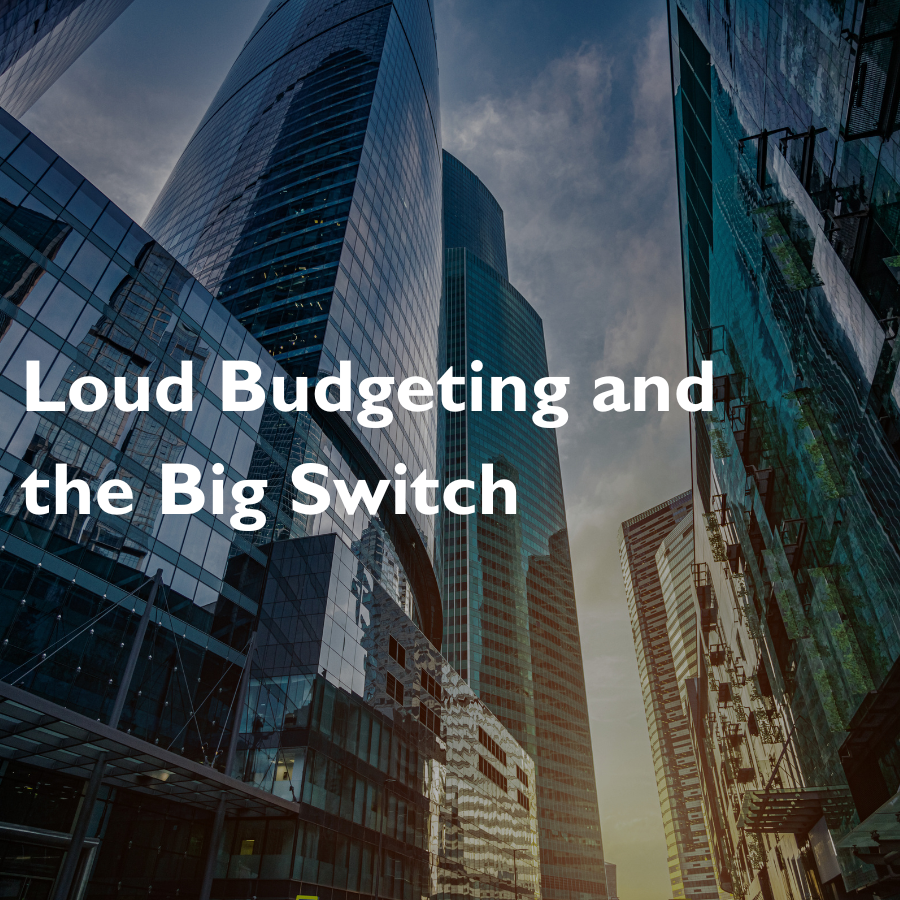




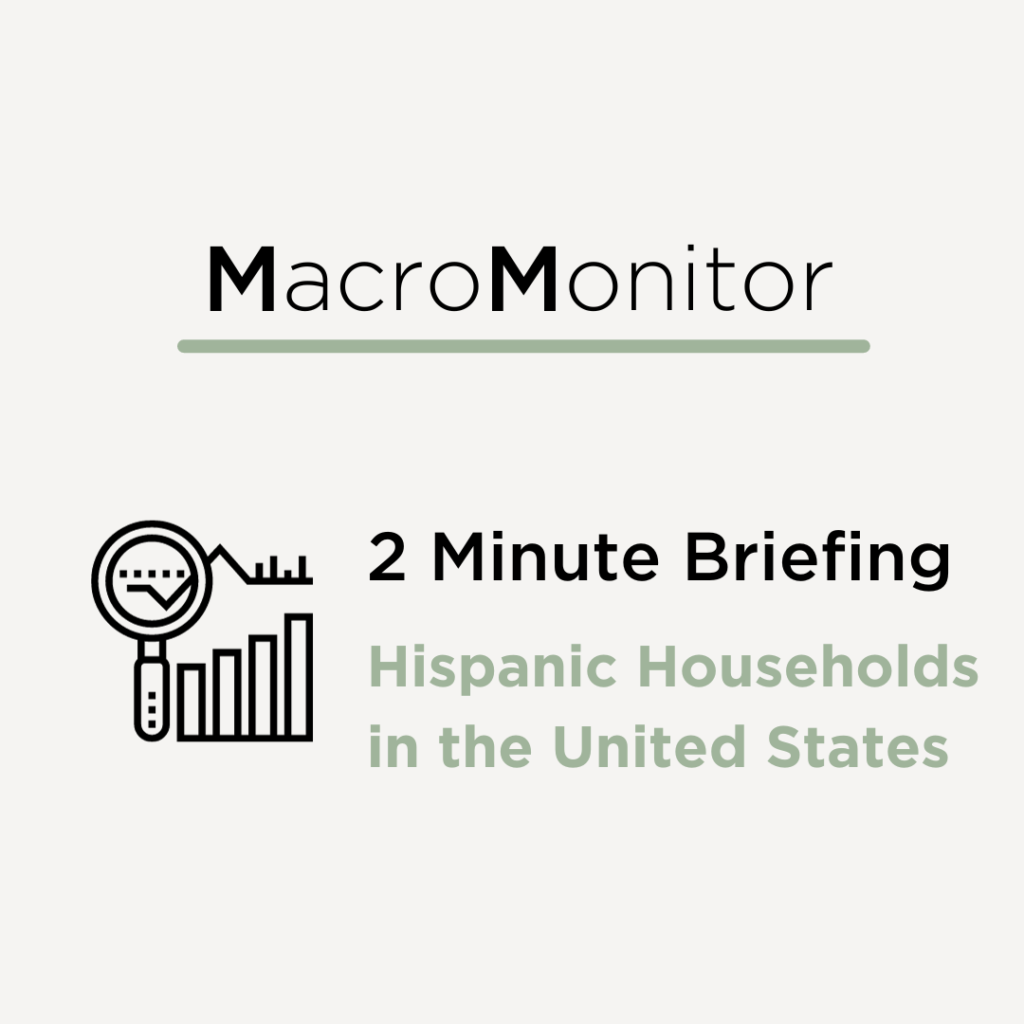











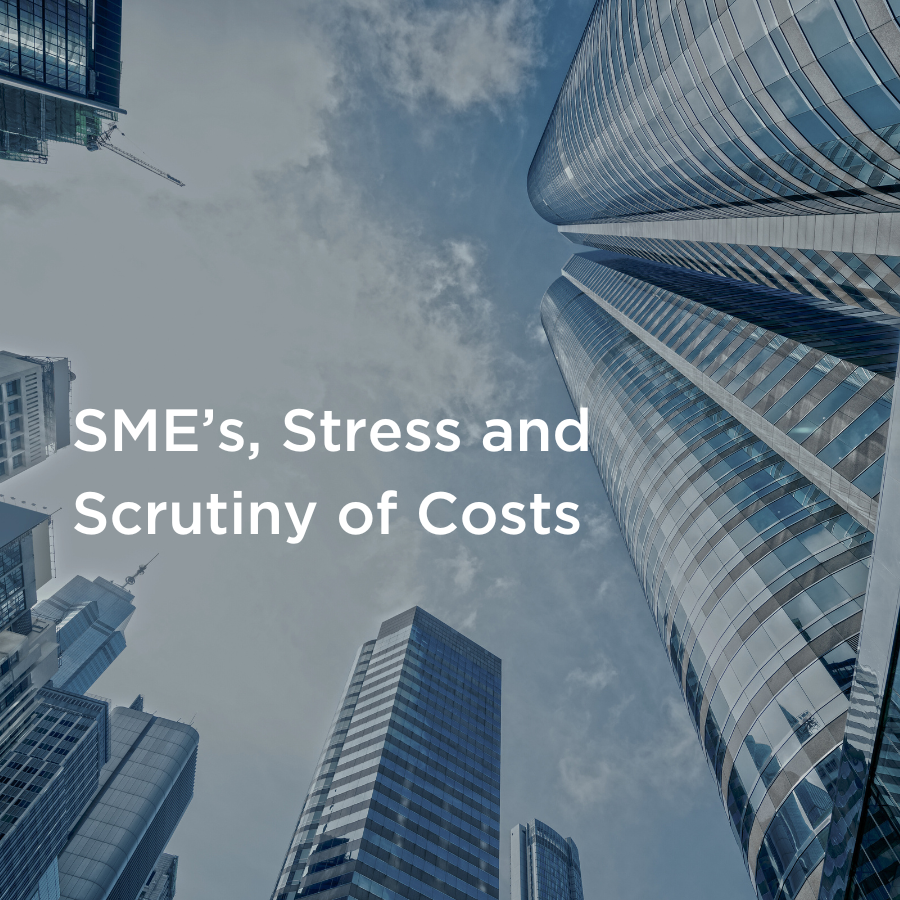



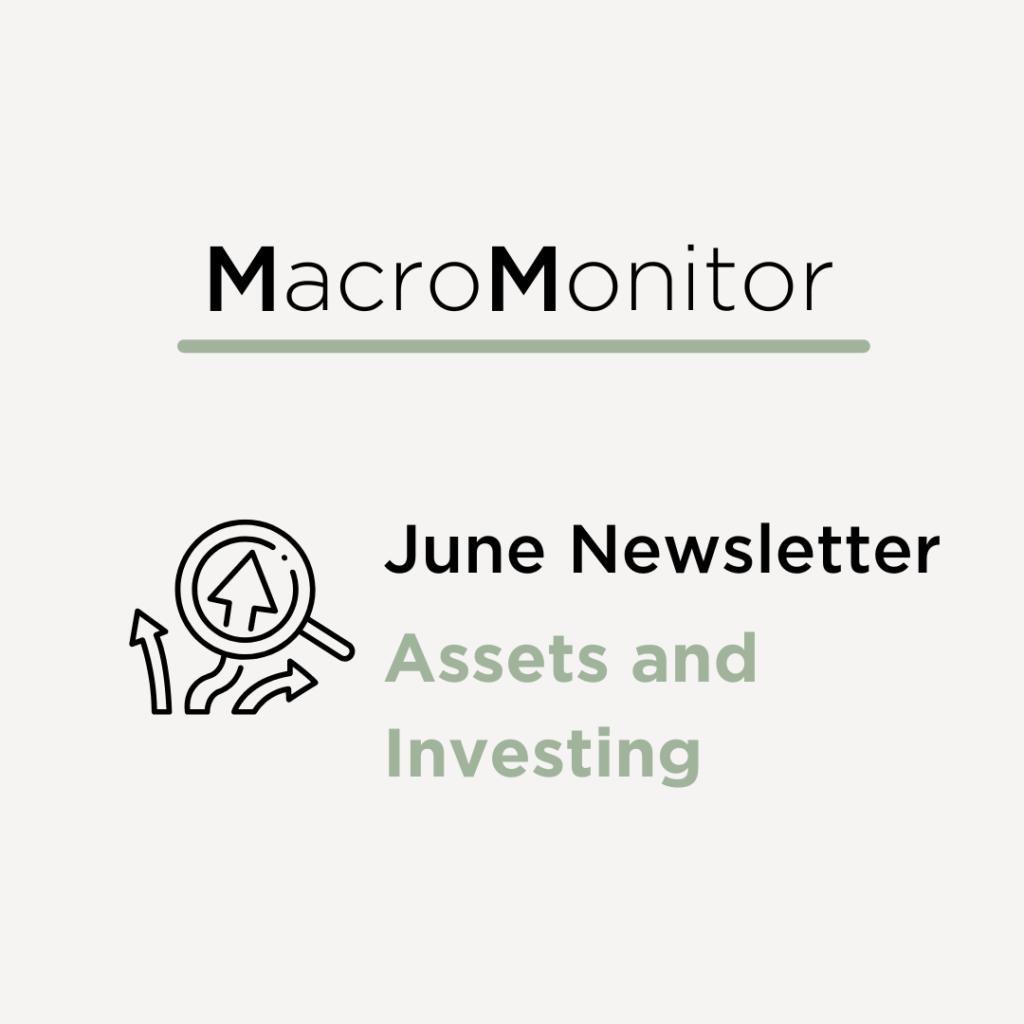



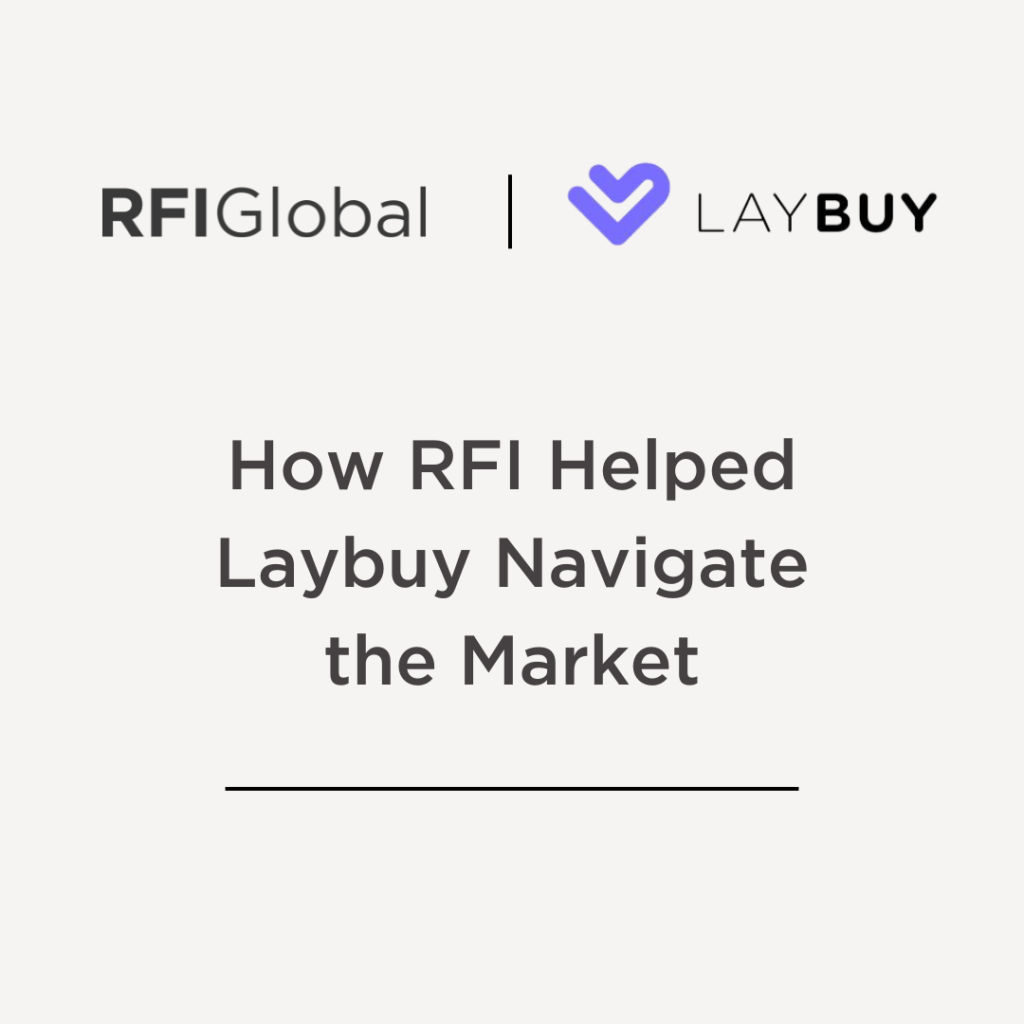








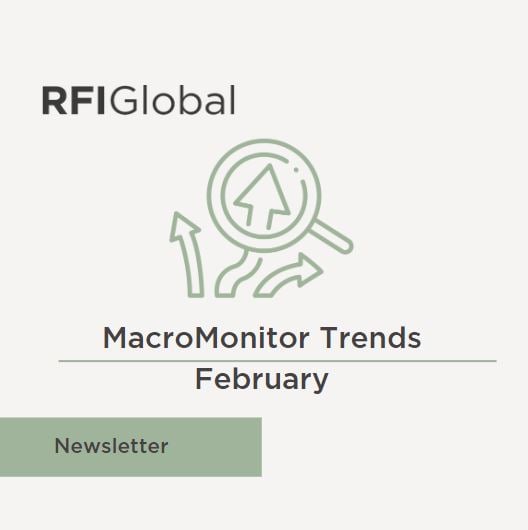


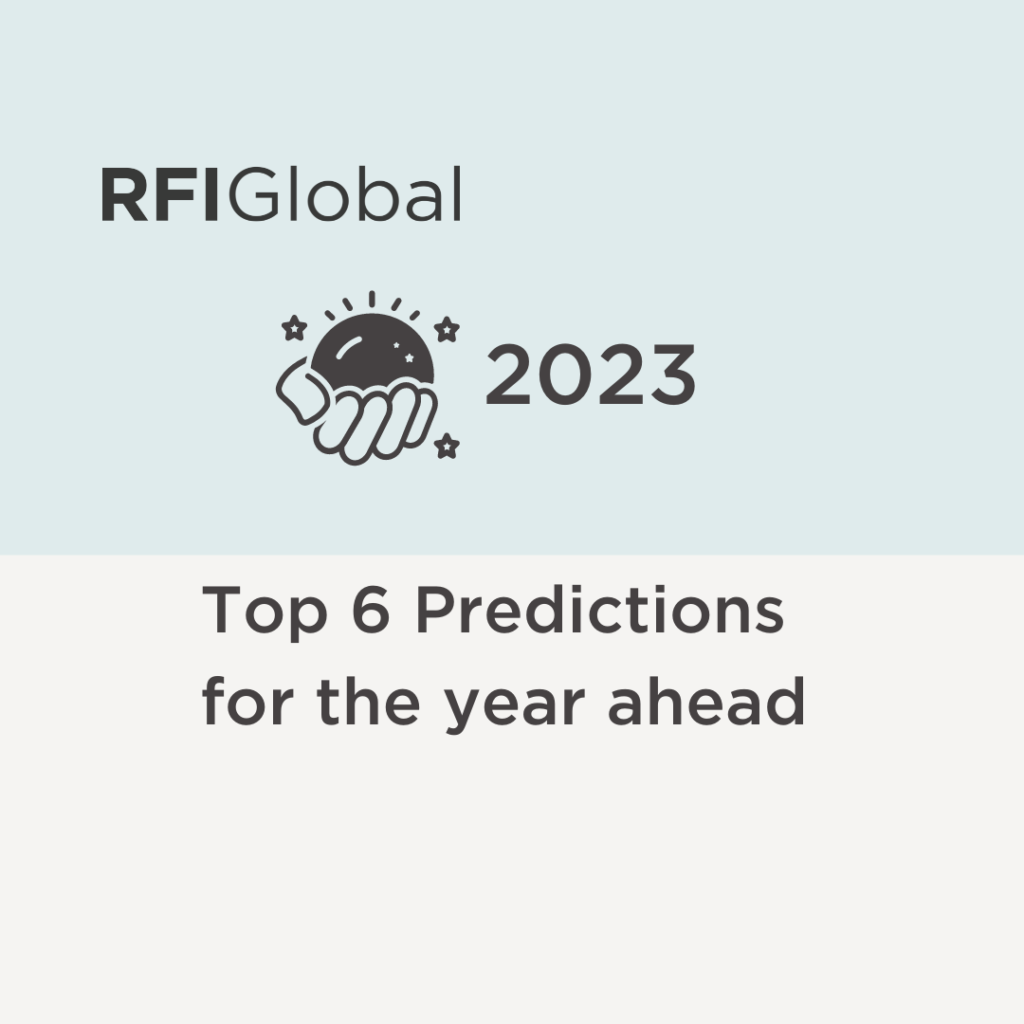
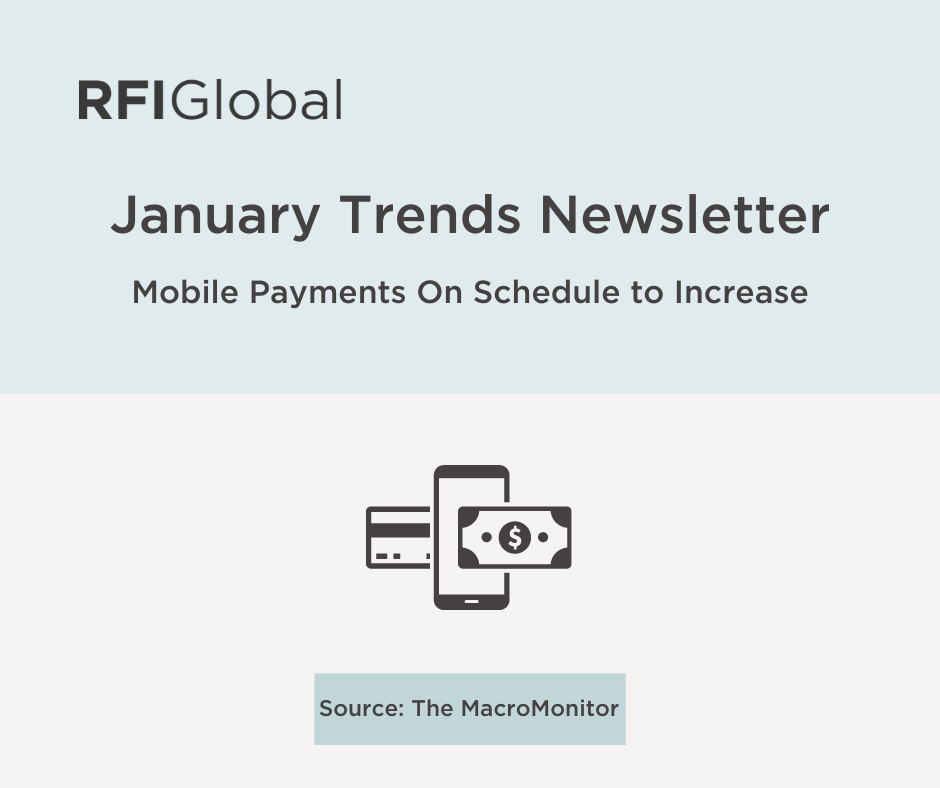
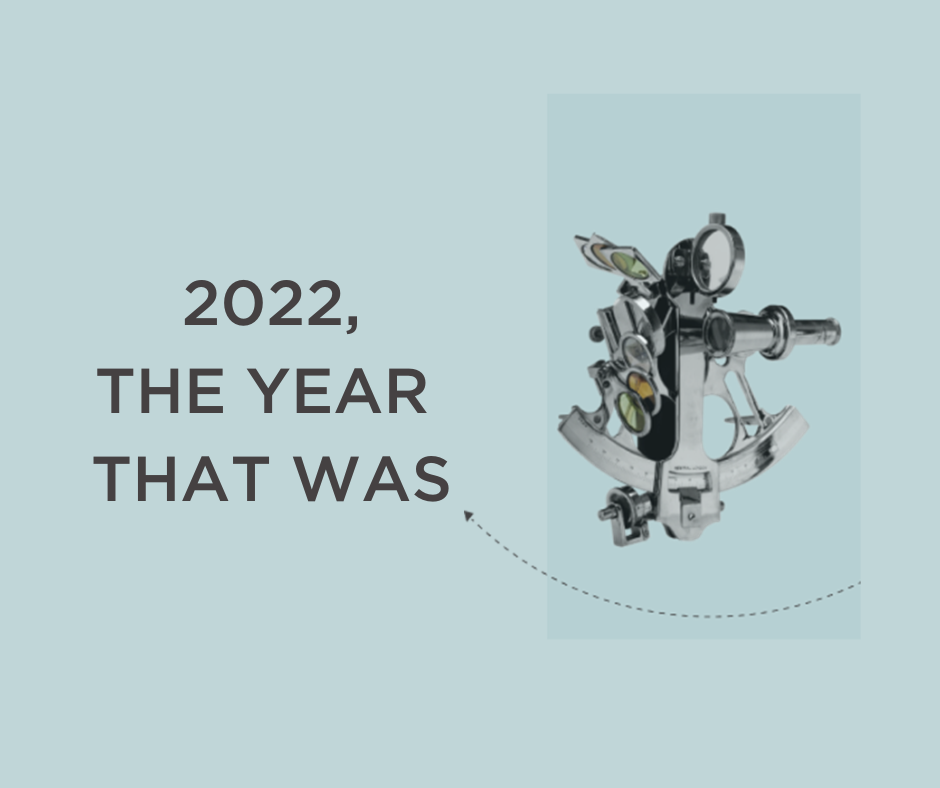

























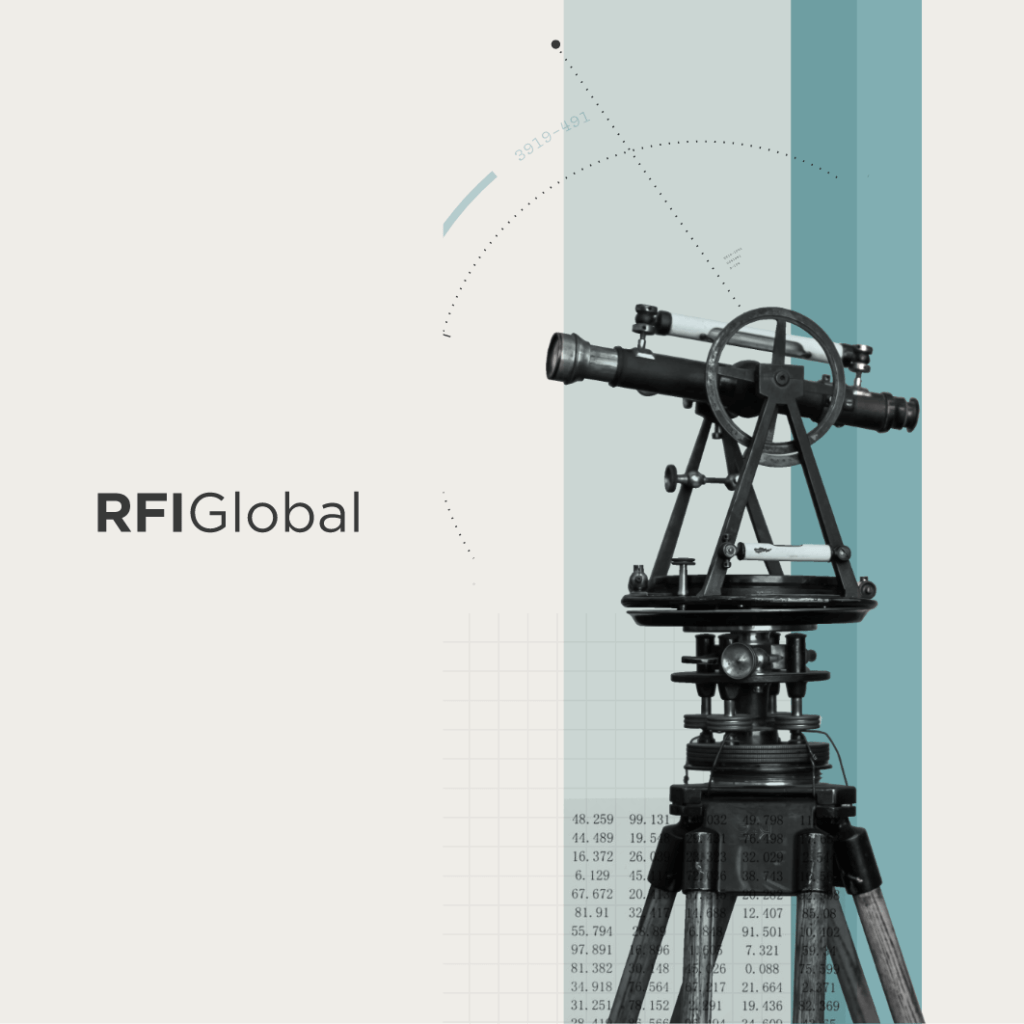


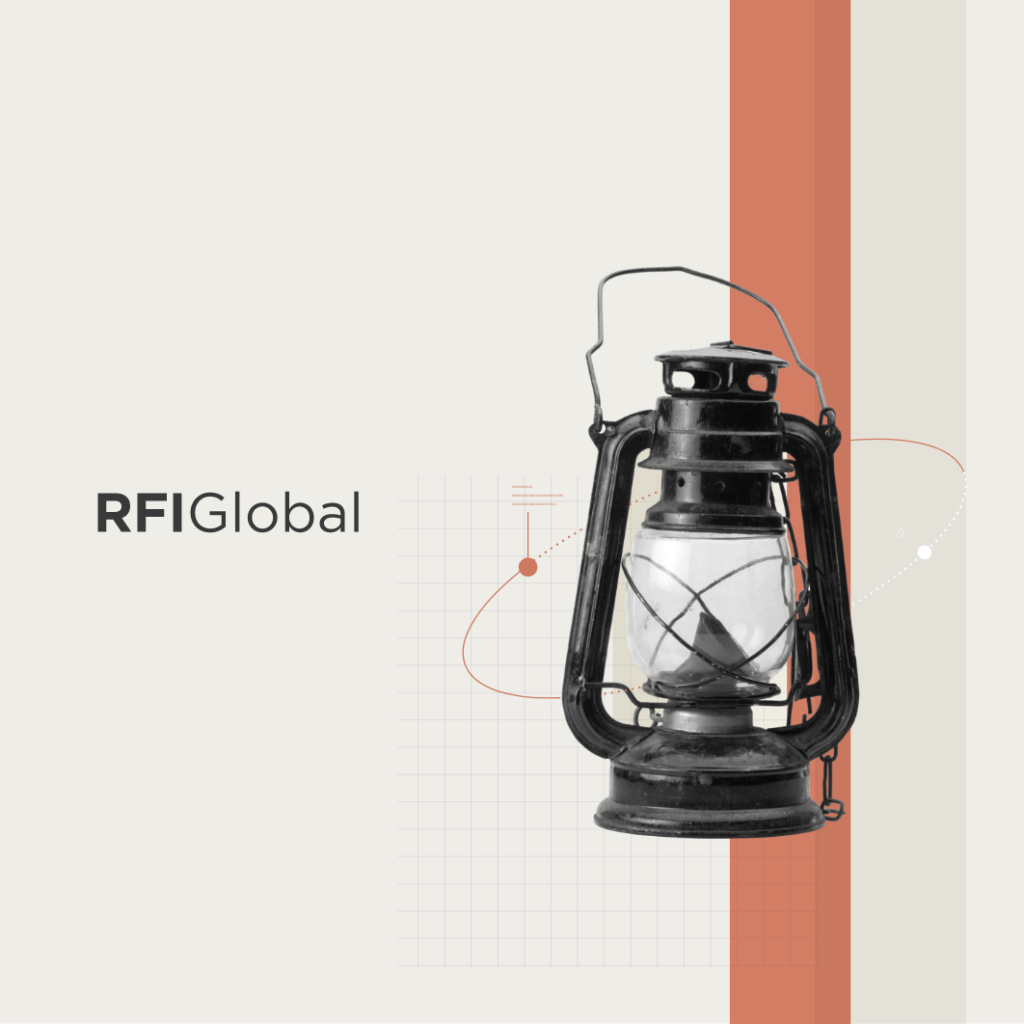
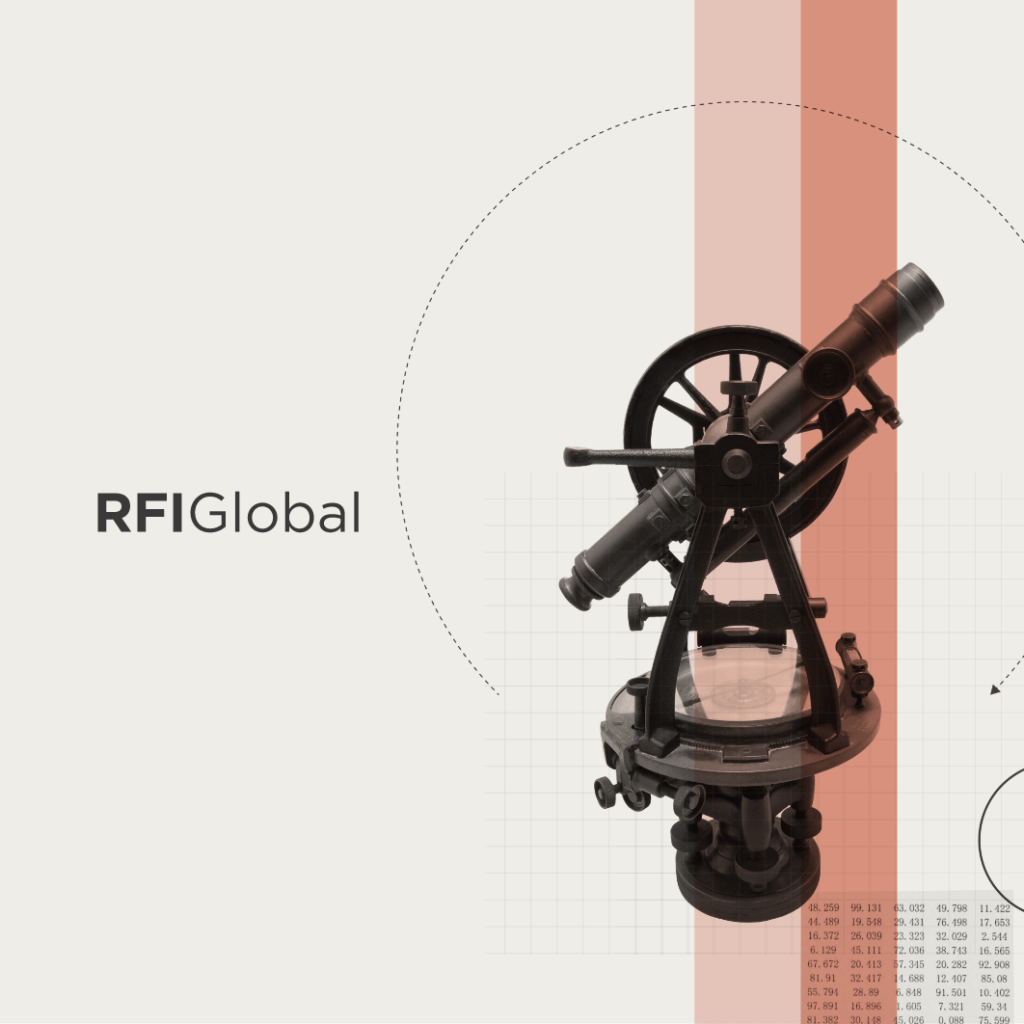
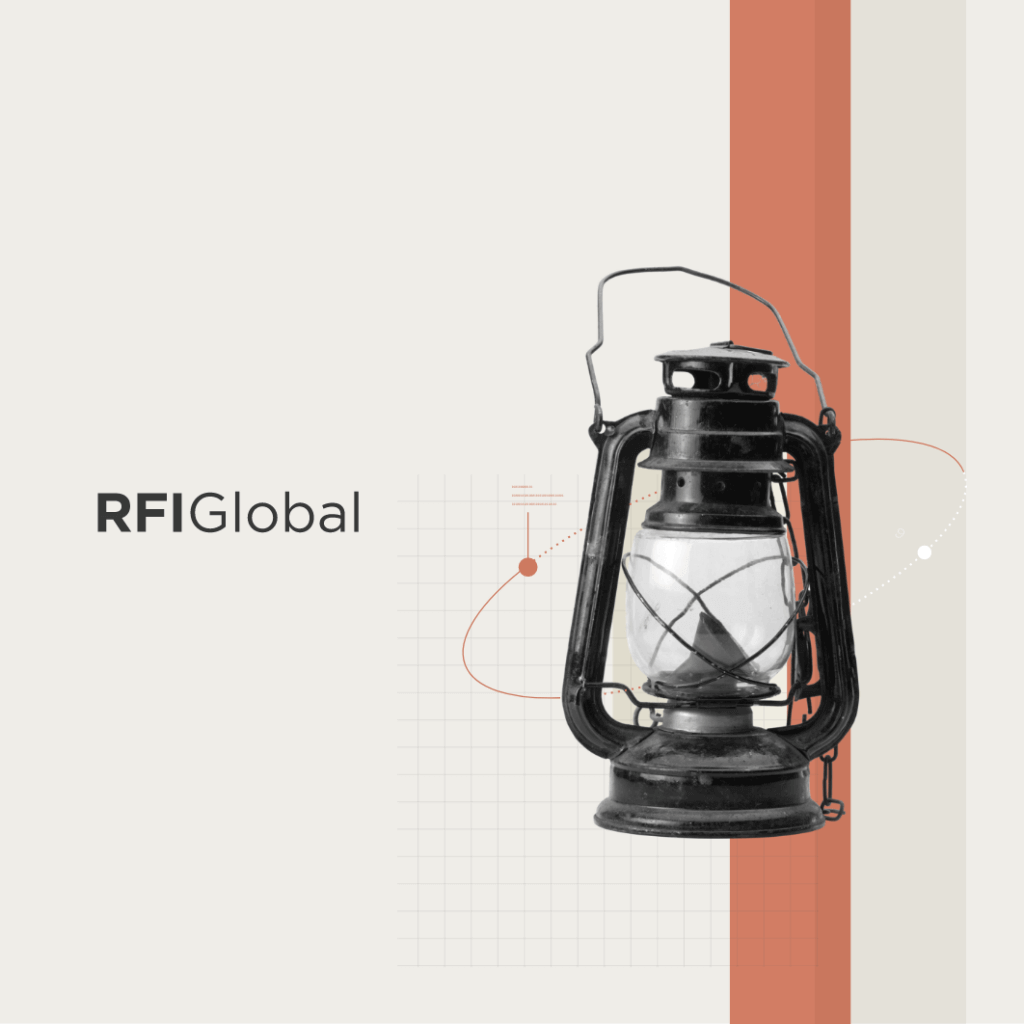
/NQA-ISO-27001-Logo-UKAS.jpg)